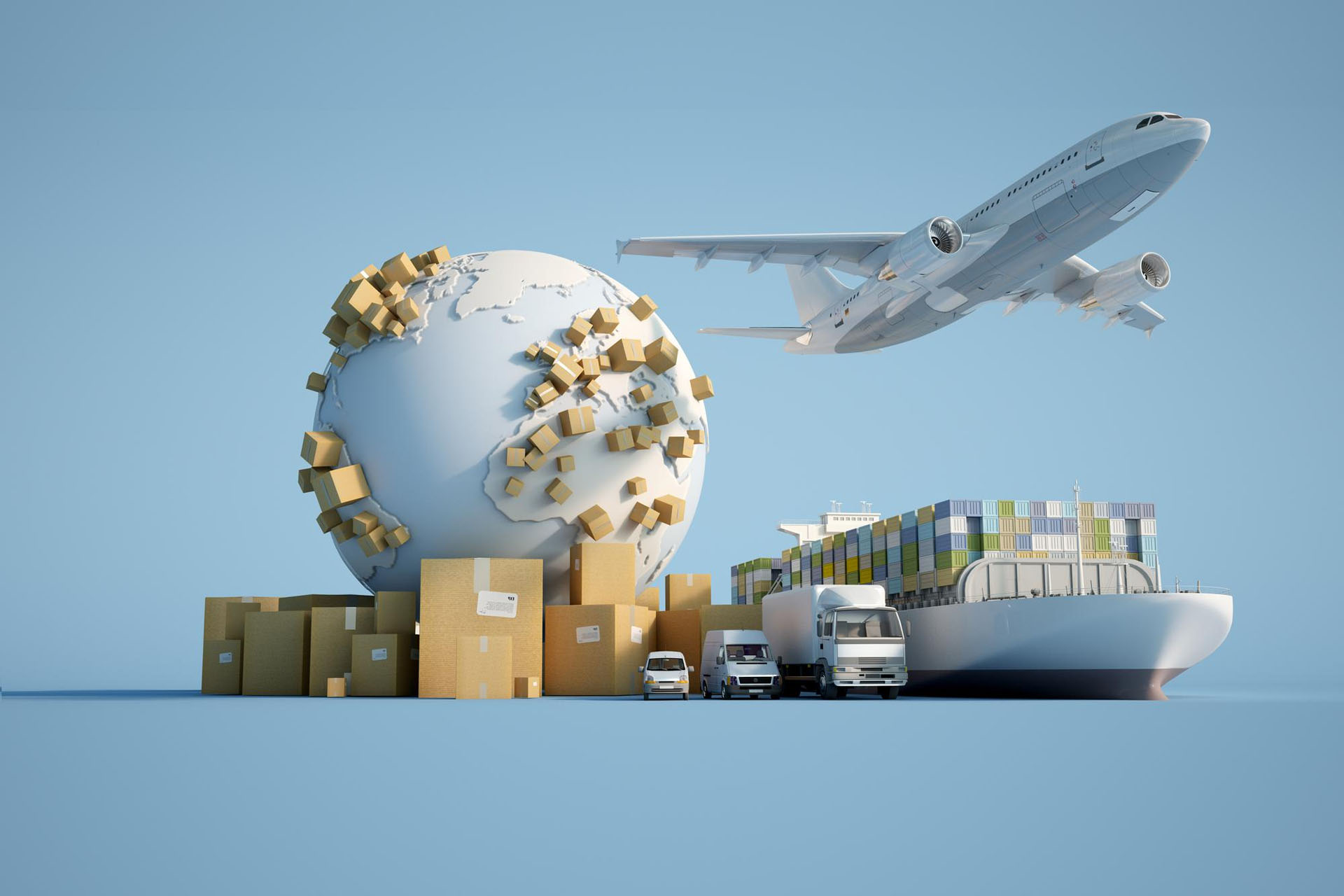Exploring the latest advancements in last-mile delivery, including the use of drones, autonomous vehicles, and smart lockers. These innovations aim to optimize the final leg of the delivery process, enhancing speed and efficiency while reducing costs. Autonomous Vehicles Self-driving vehicles, including both ground-based robots and autonomous delivery trucks, have the potential to revolutionize last-mile delivery. These vehicles can navigate through traffic, follow optimized routes, and make deliveries without human intervention. Micro-Fulfillment Centers Micro-fulfillment centers are small, automated warehouses located in urban areas. They enable retailers and e-commerce companies to store products closer to consumers, reducing delivery distances and time. These centers use robotics and automation to quickly process orders. Smart Lockers SSmart lockers are secure storage units located in convenient public places such as shopping centers, transit stations, and residential complexes. Customers receive a code or notification to access their packages, enabling flexible and secure self-service pickups. These innovations aim to address challenges like congestion, delivery delays, and customer expectations. As technology continues to evolve, last-mile delivery innovations will play a significant role in shaping the future of e-commerce and traditional retail logistics.
Browsing CategoryNews
Supply Chain Disruptions and Resilience
Supply chain disruptions refer to unexpected events or factors that disrupt the normal flow of goods, services, or information within a supply chain network. These disruptions can have significant negative impacts on businesses, including delays, increased costs, reduced customer satisfaction, and even financial losses. Supply chain resilience, on the other hand, refers to a supply chain’s ability to anticipate, prepare for, respond to, and recover from disruptions, ensuring minimal disruption to operations and the ability to bounce back quickly. Natural Disasters Events like earthquakes, hurricanes, floods, and wildfires can disrupt transportation routes, damage infrastructure, and disrupt production facilities. Geopolitical Tensions Trade disputes, sanctions, and political instability in certain regions can lead to trade disruptions and supply chain bottlenecks. Supplier Issues Problems such as bankruptcy, financial instability, quality issues, or production delays with suppliers can ripple through the entire supply chain. In today’s interconnected global economy, supply chain disruptions are a reality that businesses need to manage effectively. Developing supply chain resilience strategies is crucial to ensure that disruptions have minimal impact and that businesses can adapt and recover swiftly, maintaining their ability to meet customer demand and stay competitive.
Green Logistics and Sustainability Initiatives
Green logistics, also known as sustainable logistics or eco-logistics, focuses on minimizing the environmental impact of logistics and supply chain operations. This approach aims to reduce carbon emissions, conserve natural resources, and promote environmentally responsible practices throughout the entire supply chain network. Reduced Carbon Footprint Green logistics seeks to lower greenhouse gas emissions by optimizing transportation routes, using cleaner fuels, and adopting energy-efficient technologies. Resource Conservation Efforts are made to minimize the consumption of natural resources, such as fuel, water, and raw materials, throughout the logistics process. Waste Reduction: Green logistics aims to minimize waste generation through improved packaging, recycling, and waste management practices. Eco-Friendly Infrastructure This involves using energy-efficient facilities, renewable energy sources, and sustainable building materials for warehouses and distribution centers. Green logistics initiatives benefit companies by reducing operational costs, improving brand image, meeting regulatory requirements, and appealing to environmentally conscious consumers. Moreover, these initiatives contribute to a more sustainable future by minimizing the environmental impact of logistics operations.




